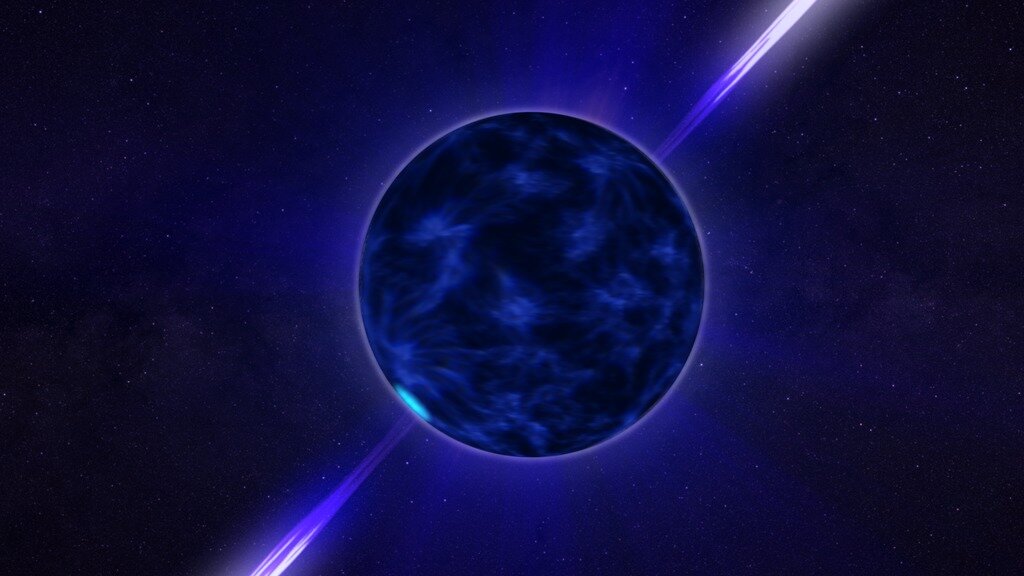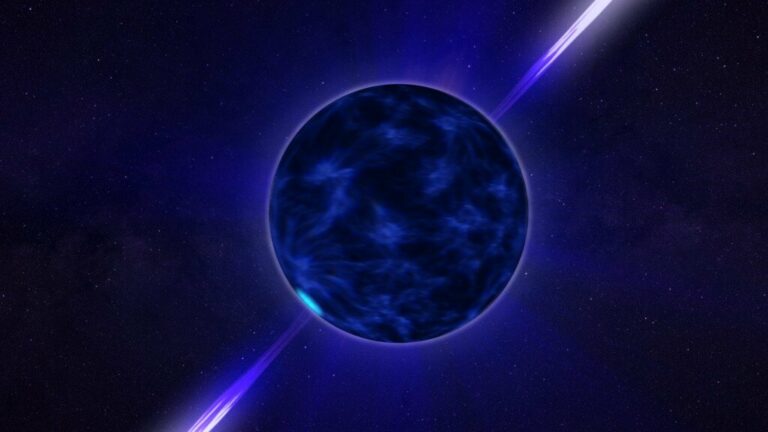The Nancy Grace Roman Space Telescope’s Potential to Identify Supermassive Dark Stars
The initial stars of the universe differed significantly from the stars we observe today. They consisted solely of hydrogen and helium, lacking heavier elements that aid in energy production within their cores. Consequently, these stars were likely hundreds of times more massive than our sun. However, some of the earliest stars may have possessed even more peculiar characteristics. During the early stages of the universe, dark matter could have been more concentrated than it is presently, potentially giving rise to enigmatic celestial objects known as dark stars.
Due to the similar gravitational behavior of dark matter and regular matter, clusters of dark matter in the early universe could have attracted clouds of hydrogen and helium. As this matter collapsed under its own gravitational force, the dark matter at its core might have generated energy. In certain dark matter models, the particles can annihilate, producing gamma rays and neutrinos. These high-energy particles would prevent the collapse of the cloud, akin to how nuclear fusion sustains a typical star.
These dark stars would have been colossal, with diameters tens of thousands, or even hundreds of thousands, of times larger than the sun. However, they would have been faint and relatively low in density. If they did exist, they would have been too distant and dim for current telescopes to detect. Nevertheless, the Nancy Grace Roman space telescope, previously known as WFIRST, may possess sufficient power to locate them.

The Roman telescope is scheduled for launch in May 2027. It will be an infrared telescope with a wide field of view, ideally suited for exploring the faint and distant reaches of the cosmos. According to a recent paper published on the arXiv pre-print server, Roman might be capable of observing supermassive dark stars with masses exceeding 100,000 times that of the sun. However, dark stars of this magnitude were likely not common. A more plausible estimate suggests that dark stars had masses around 10,000 times that of our sun. By leveraging gravitational lensing, Roman might be able to detect a dark star of such mass. Nonetheless, the authors propose a more effective approach, combining observations from Roman with the James Webb Space Telescope.
The concept is to utilize Roman to identify potential dark star candidates, acknowledging that the photometric observations will not be able to differentiate between dark stars and small young galaxies. One distinguishing characteristic of galaxies compared to dark stars is the presence of a helium emission line called λ1640, which can be detected by Webb. Roman is better suited for locating candidates, while Webb can confirm their existence. This serves as a remarkable illustration of how different telescopes can complement each other.
If this approach proves successful in the coming decade, it could contribute to astronomers’ understanding of another cosmological enigma: supermassive black holes. The rapid formation of such massive black holes in the early universe remains a mystery, but one hypothesis suggests that they may have originated from these dark stars. As the dark matter cores of these stars ceased generating energy, they may have collapsed rapidly enough to give rise to a massive black hole, which could eventually evolve into a supermassive black hole.
The faint illumination emitted by a dark star holds immense potential for expanding our knowledge.
This article is republished from PhysORG under a Creative Commons license. Read the original article.
Do not forget to share your opinion with us to provide you with the best posts !




0 Comments